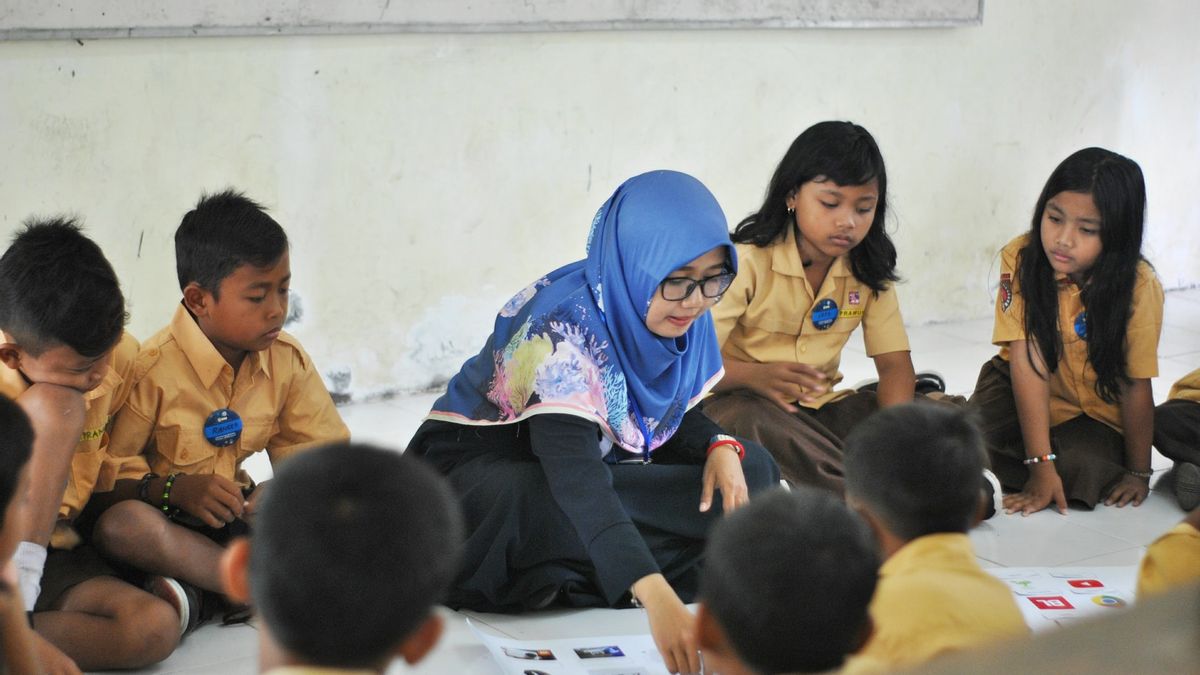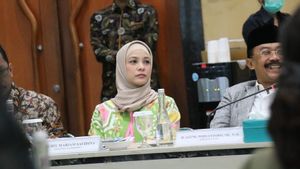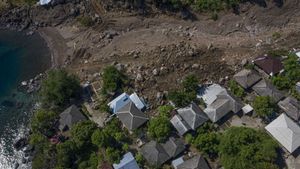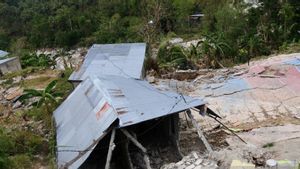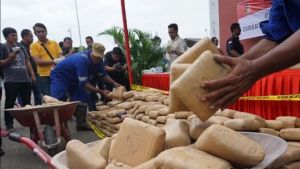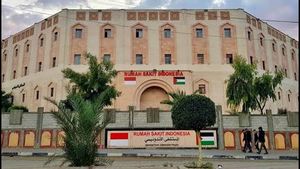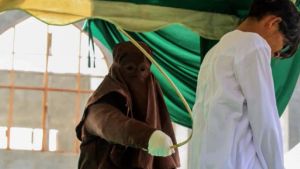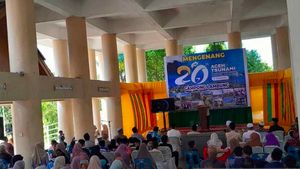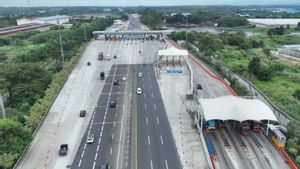JAKARTA - DKI Provincial Government opens New Student Admissions (PPDB) starting today. Head of the DKI Education Office, Nahdiana, admitted that the capacity of public schools in the capital city did not reach 50 percent.
In Jakarta, there are 113 public early childhood education units (PAUD), 1,322 state elementary schools (SDN), 292 state junior high schools (SMPN).
Then, there are 115 state high schools (SMAN), 73 state vocational high schools (SMKN), 13 state special schools (SLB), and 39 community learning activity centers (PKBM).
Compared to graduates from public and private elementary schools and madrasas, the total capacity for public junior high schools can only accommodate 47.33 percent of students.
SEE ALSO:
Then, the total capacity of state high schools and state vocational schools compared to graduates from public and private junior high schools and madrasah can only accommodate 33.66 percent of students.
"With the limited capacity and uneven distribution of schools, where there are 168 sub-districts that do not have public high schools and 86 sub-districts that do not have state junior high schools, various PPDB selections must be implemented," Nahdiana told reporters, Monday, June 7.
Thus, according to Nadiana, the current PPDB rules are made to realize equal educational opportunities for Jakarta residents from all backgrounds to get quality education in DKI Jakarta.
"We hope that the implementation of the 2021 DKI Jakarta PPDB can run smoothly because all DKI Jakarta residents from various circles have the opportunity to get a complete and quality education in this city. We also hope that this PPDB can form state schools with a variety of students who and a sense of cooperation to move forward together," he said.
It is known that there are four school admissions paths, namely the achievement path, affirmation, zoning, and the transfer of duties of parents and children of teachers. The quota for each route varies.
In the first stage of PPDB for elementary school, the DKI Provincial Government opened an affirmation route with a 25 percent quota, a zoning route with a 73 percent quota, and a 2 percent assignment transfer route.
If there is still a quota remaining from the registration route, the second stage of selection will be carried out through the zoning route.
In the first stage of PPDB for SMP and SMA levels, the DKI Provincial Government opened the academic achievement path with an 18 percent quota, non-academic achievements with a 5 percent quota, affirmations with a 25 percent quota, a zoning route with a 50 percent quota, and a 2 percent assignment transfer route.
If there is still a quota remaining from the registration path, then the second stage of selection is carried out through the academic achievement path.
In the first stage of PPDB for the SMK level, the DKI Provincial Government opened a pathway for academic achievement with a quota of 50 percent, non-academic achievements with a quota of 5 percent, affirmations with a quota of 43 percent, and a transfer route of 2 percent.
If there is still a quota remaining from the registration path, then the second stage of selection is carried out through the academic achievement path.
There are changes to several provisions in PPDB this year with last year. This year, the DKI Provincial Government has determined the zoning by looking at the RT (Neighborhood Association) administrative boundaries where students live and schools to determine the priority of accepting prospective students.
This year, the zoning is based on RT and is divided into three types of priorities. Priority 1 is for domicile RTs, priority 2 is for RTs around the school, and priority 3 is for RTs not directly adjacent to the school.
The English, Chinese, Japanese, Arabic, and French versions are automatically generated by the AI. So there may still be inaccuracies in translating, please always see Indonesian as our main language. (system supported by DigitalSiber.id)
